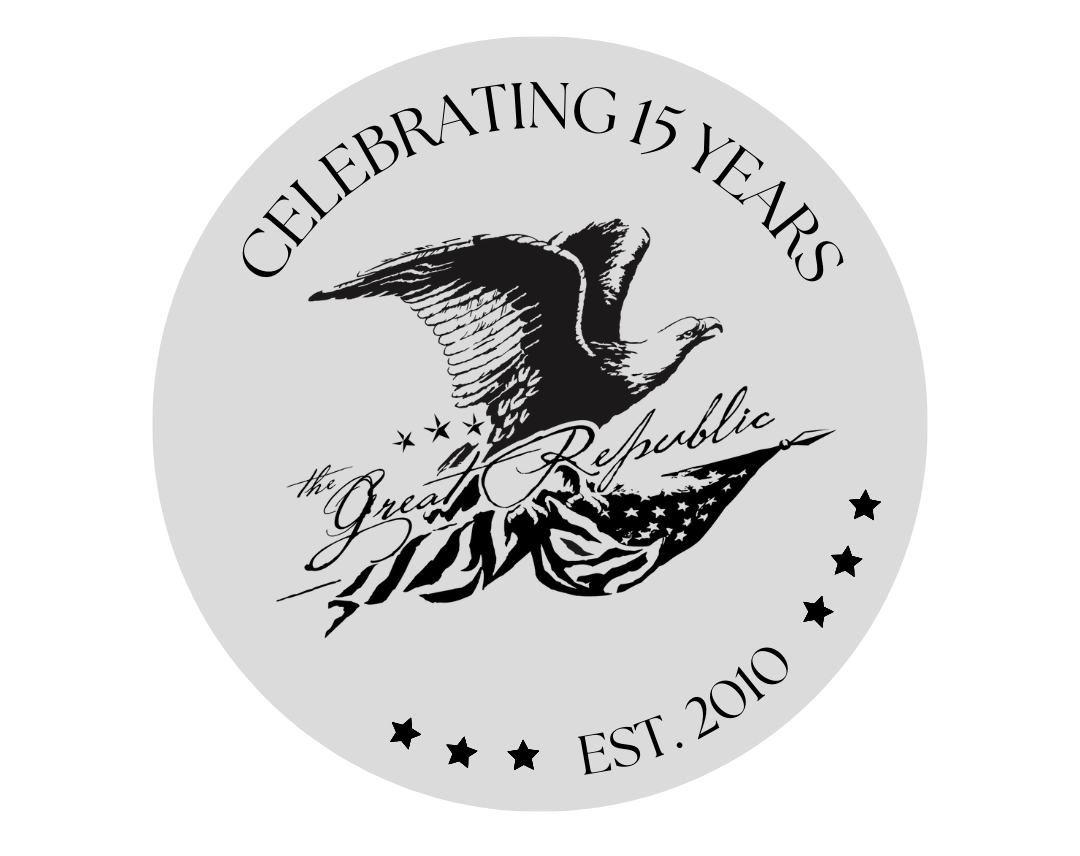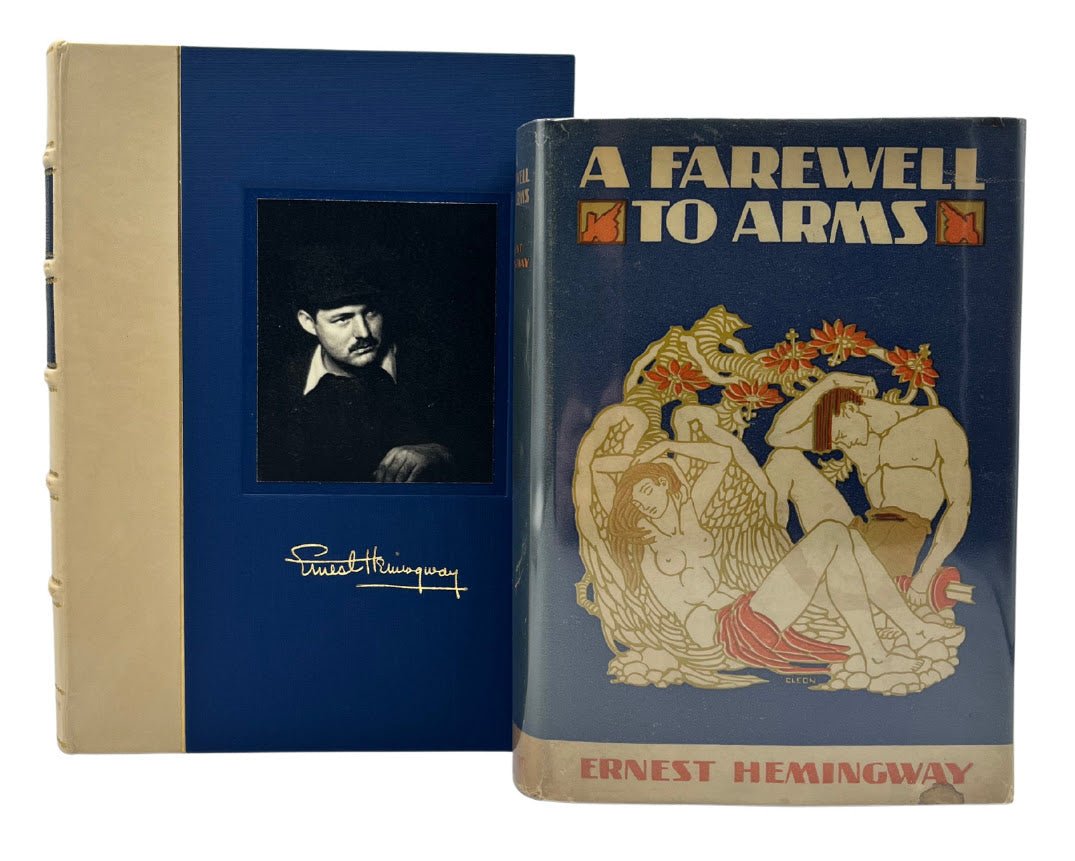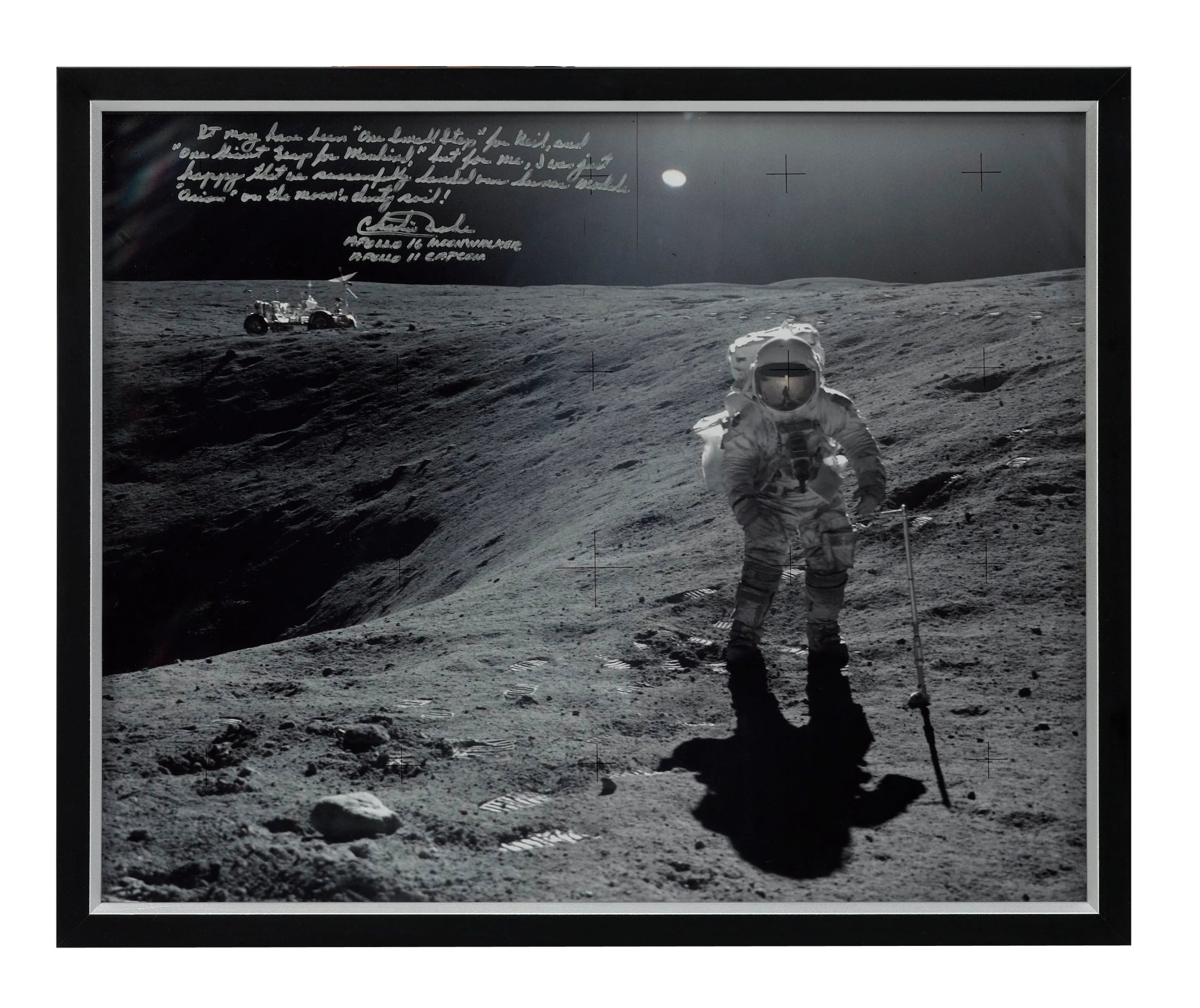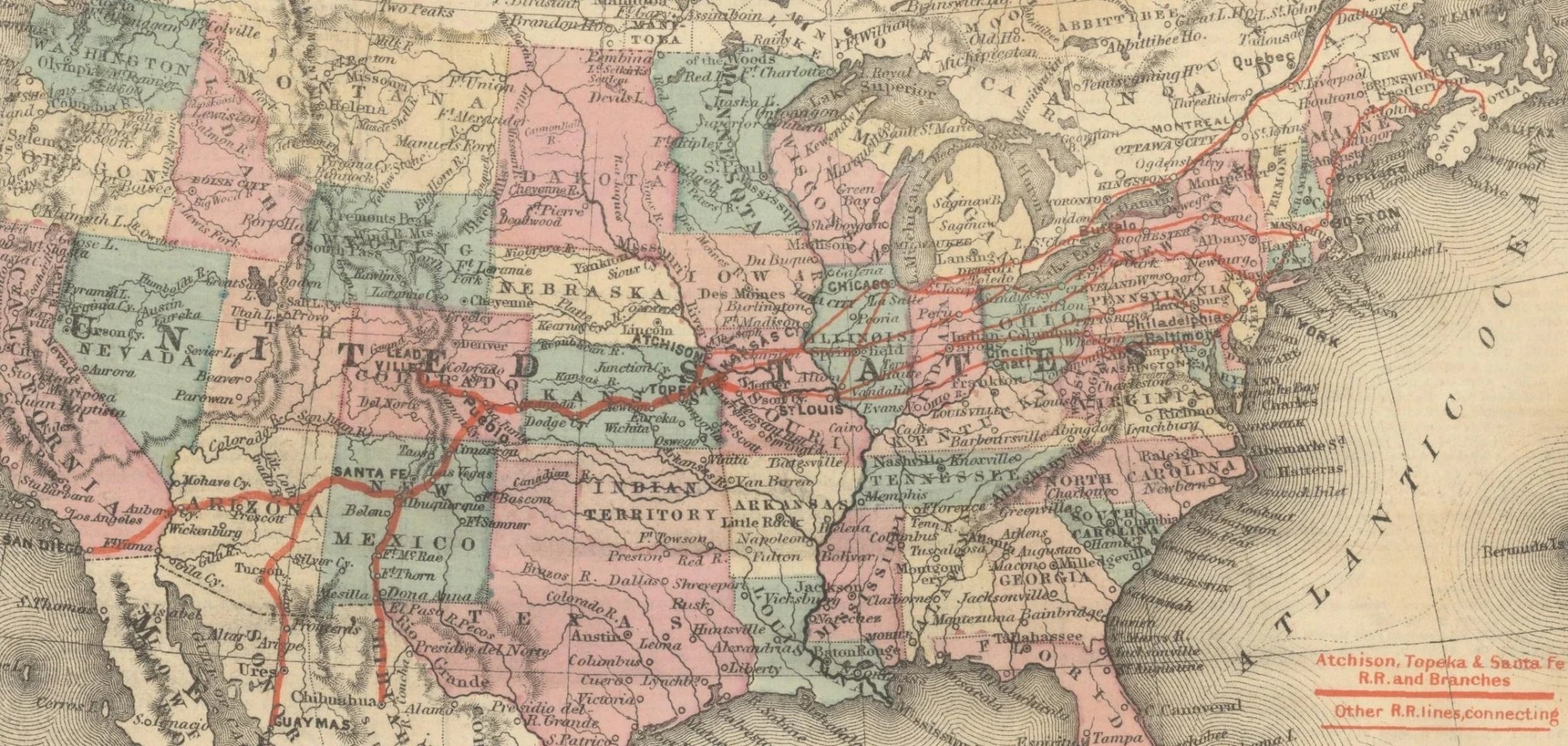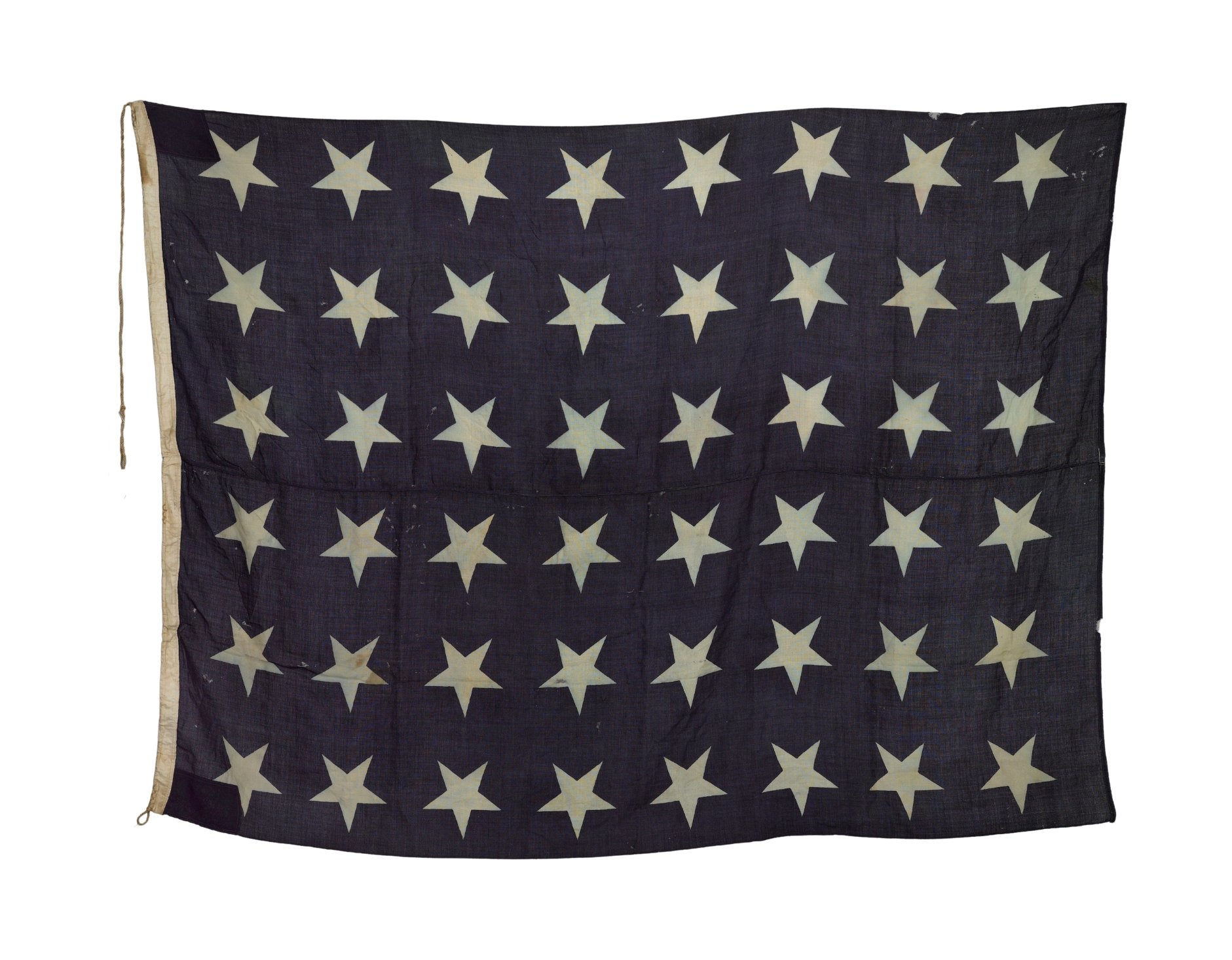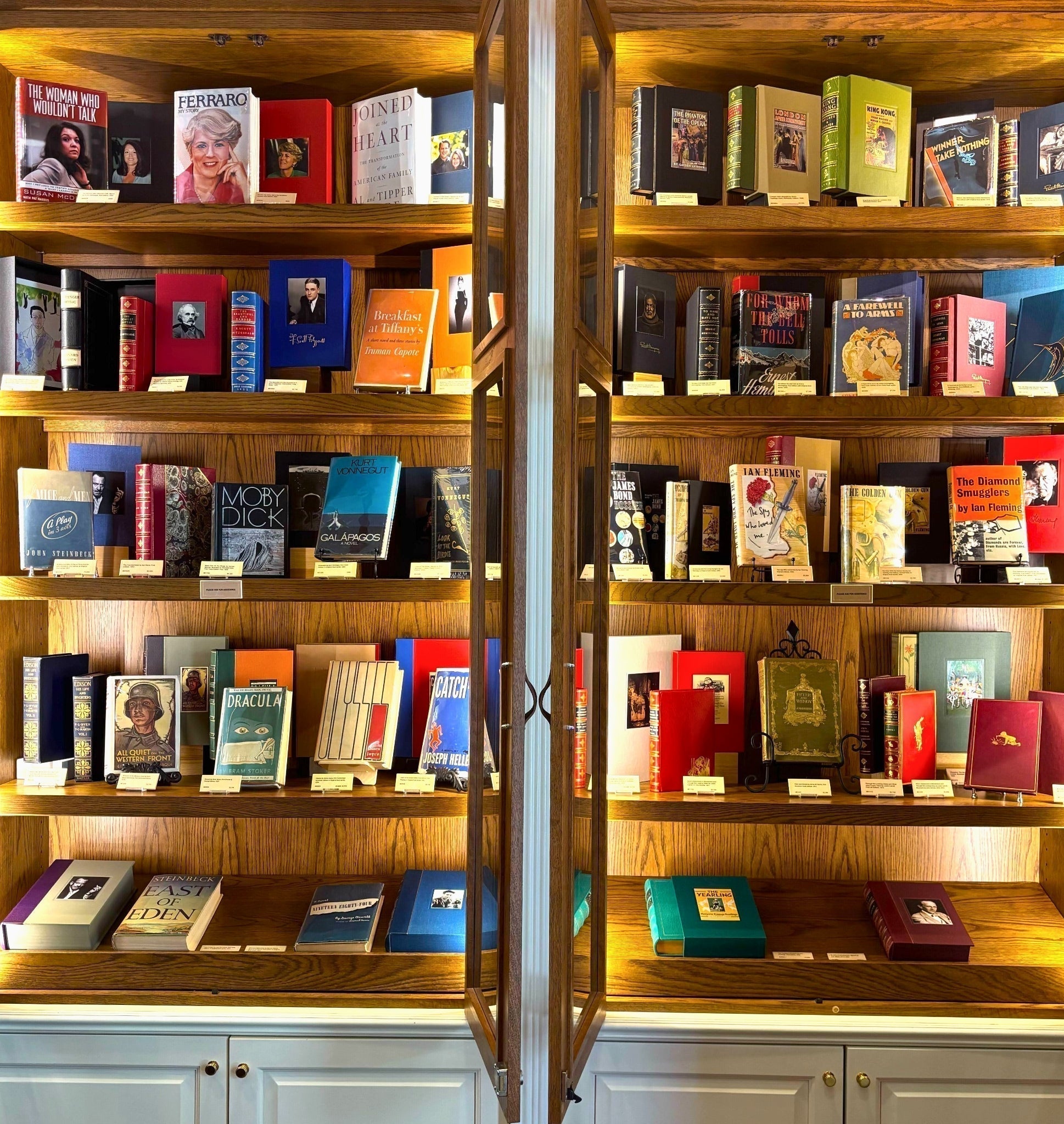George Washington and Continental Uniforms
When George Washington became the leader of the nascent Continental army, he wanted his troops to present as a professional military organization. Officers’ uniforms and deportment were very important to him. And although none of Washington's uniforms from the Revolutionary War period are known to have survived, we can look to early prints and paintings to see examples of his and other early Continental uniforms.
This painting above depicts Washington at Dorchester Heights, in his blue wool coat, with gold epaulets, a buff rise-and-fall collar, buff cuffs and lapels. The waistcoat and breeches are in a matching buff wool. Washington chose the color blue as a direct contrast to the red-coated British army during battle.
Washington believed that a proper uniform was one way of showing a unified front. His General Orders from October 28, 1775 indicate as such, “it is intended that the new Army shall be cloathed in uniform… A number of Taylors will be immediately sett to work, to make Regimentals for those brave Men, who are willing at all hazards, to defend their invaluable rights and privileges.” Yet fabric supplies were scarce and distributing critical supplies, not uniforms, were the top priority. Early uniform styles, colors, and cuts varied widely from regiment to regiment.
Washington believed that in order to command effectively, an officer must convey character and leadership through appearance, as well as action. In December of 1775, Washington’s General Orders indicated that Congress was “to increase the pay of the Captains and subalterns of the Continental Army; and as uniformity and decency in dress, are essentially necessary in the Appearance & regularity of an army, his Excellency recommends it earnestly to the Officers to put themselves in a proper uniform.”
This print of Washington’s headquarters during the Siege of Yorktown shows all of Washington’s camp in their blue coats, with ranks differentiated. The French General Rochambeau stands out in his white coat at bottom left.
I invite our readers and collectors to check out our collection of Revolutionary War items, including biographies of George Washington where they can learn more about his experiences commanding, and outfitting, the Continental Army.

